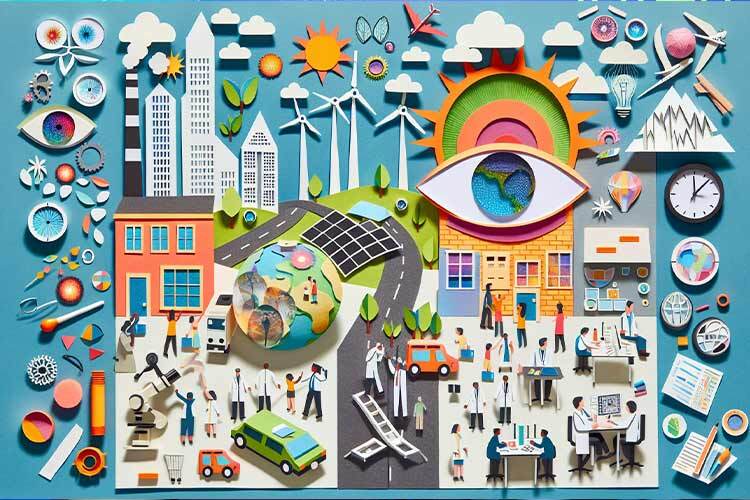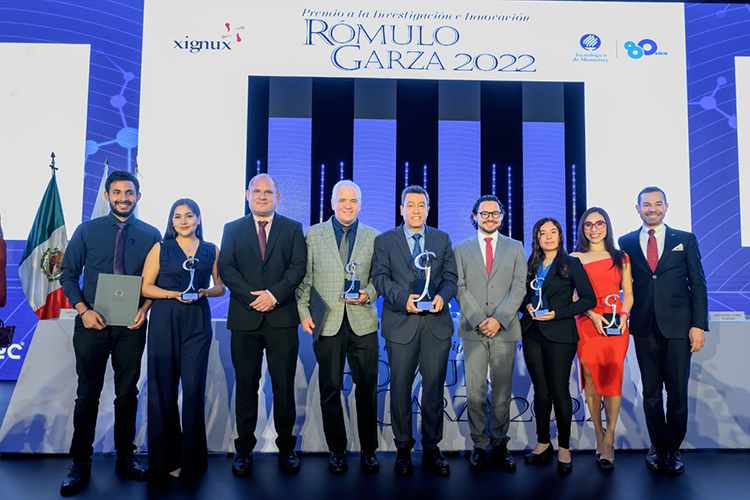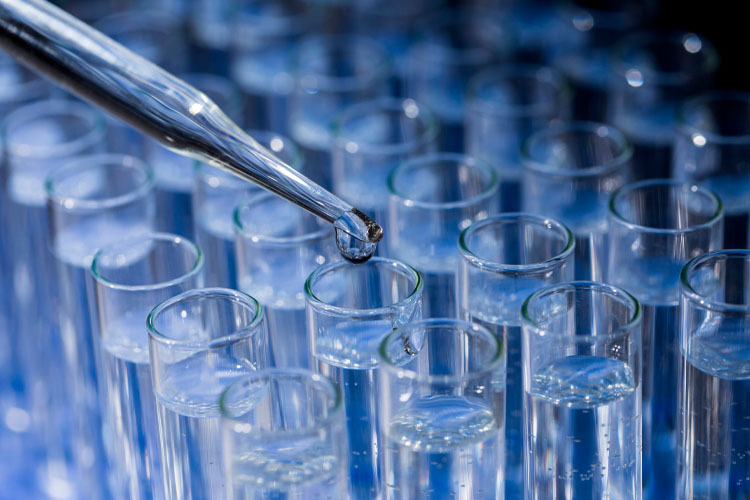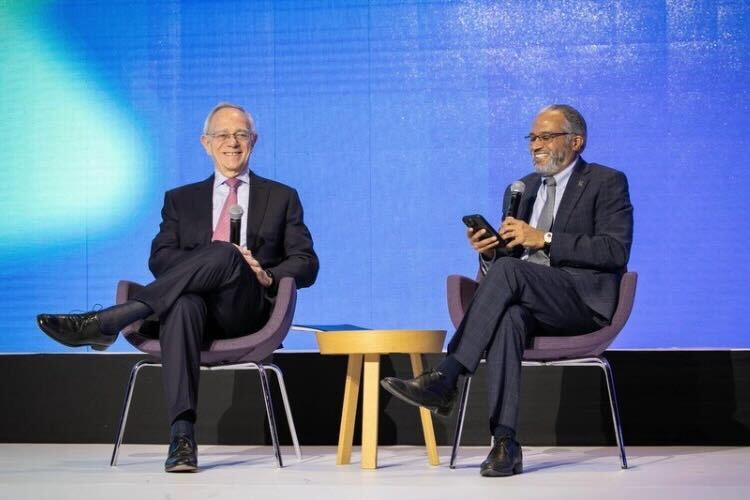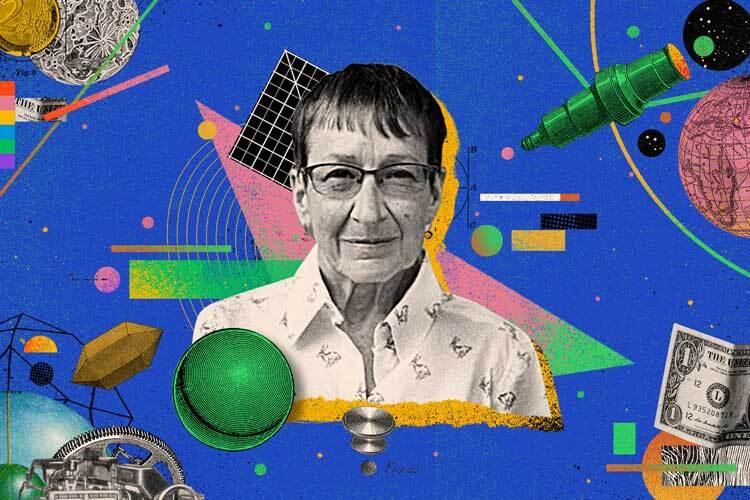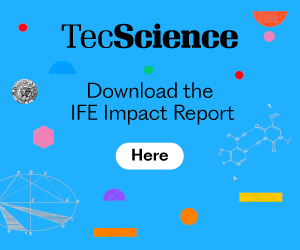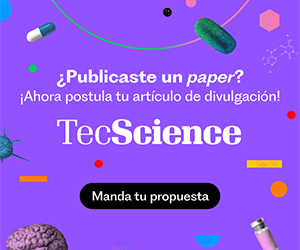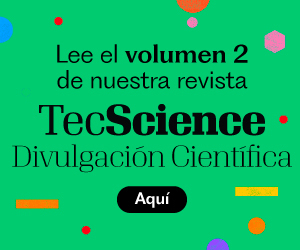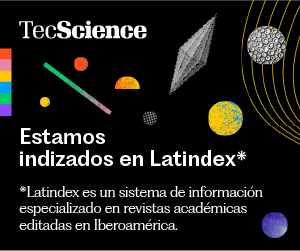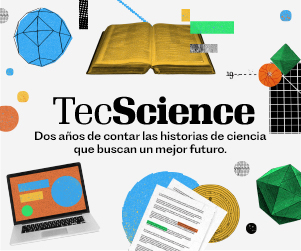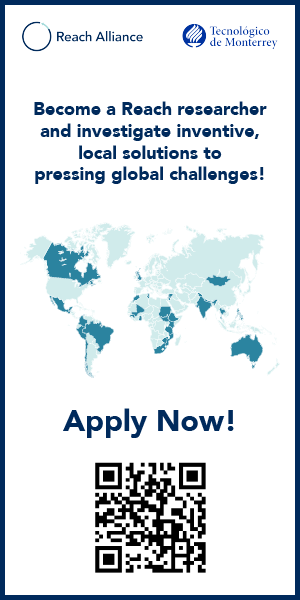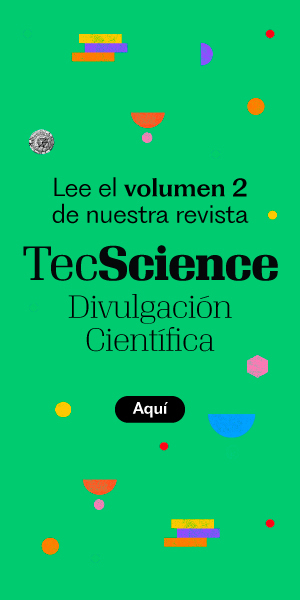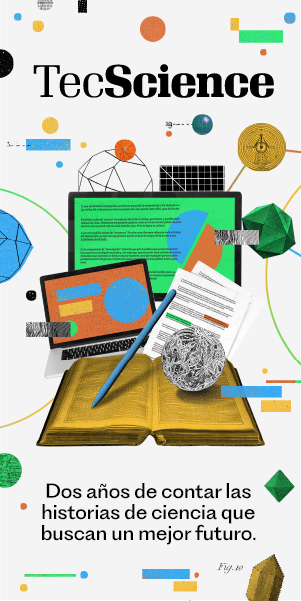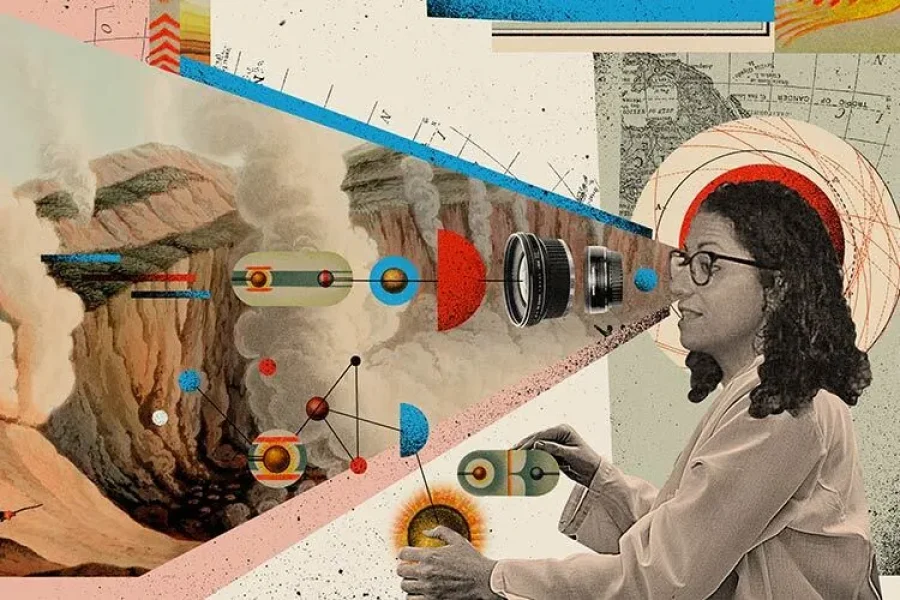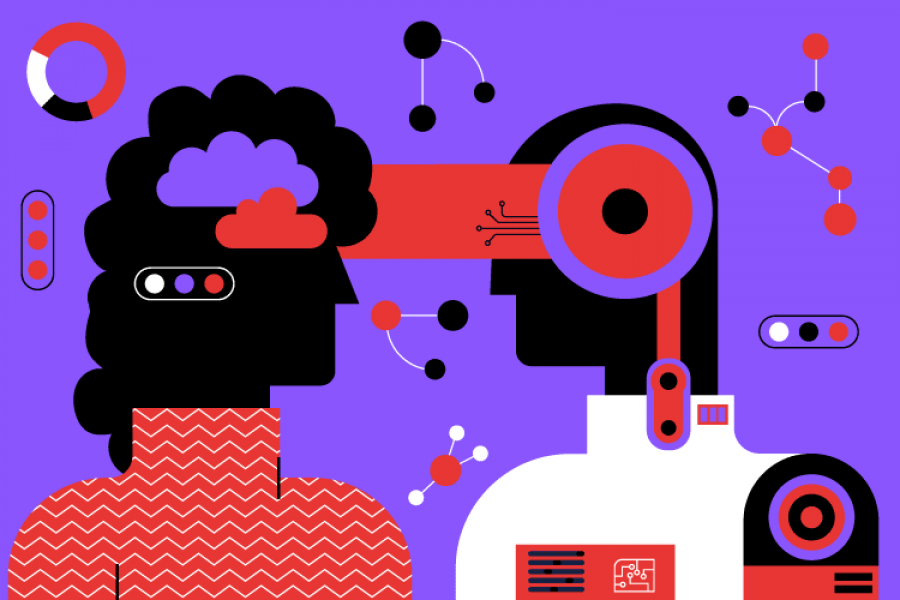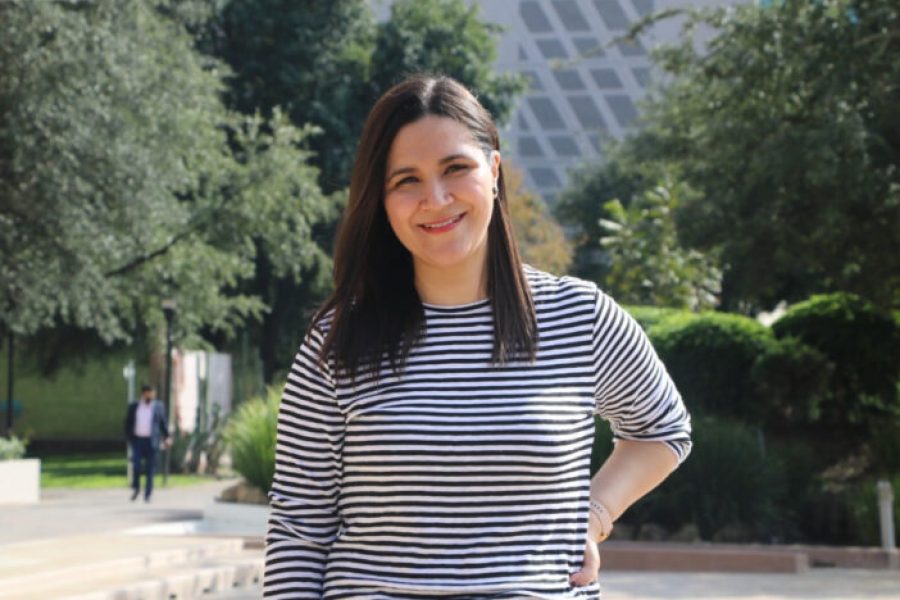Researchers at Tec de Monterrey are working on solutions to help humanity tackle challenges such as organ transplants, greenhouse gases, and urban living.
As part of the Tec Science Summit 2025, scientists shared their insights on potential solutions and the obstacles they have encountered along the way in the Tec Talks format.
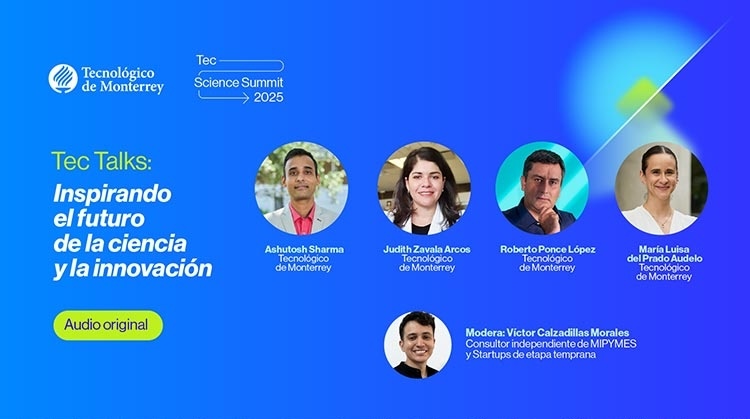
What Makes a City Truly Livable?
“What is the best city in the world to live in?” asks Roberto Ponce, a researcher at the Center for the Future of Cities and the School of Government and Public Transformation.
According to Ponce, there is no universal answer—it all depends on the needs and preferences of its inhabitants. However, specific characteristics define cities where people thrive and enjoy a high quality of life.

Ideally, a great city provides proximity—residents do not depend on private vehicles. It also offers affordable housing, accessible jobs, and diverse commercial options. A well-planned city fosters density and diversity, with walkable spaces and various activities within reach.
Due to costly social, environmental, and financial urban models, Mexico City, Monterrey, and Guadalajara face unique challenges. Over the past two decades, these cities have lost up to 31% of their population while expanding chaotically into the peripheries. This has led to social segregation, neglected central areas due to rising housing prices, and inefficient public transportation systems due to weak regulations.
To address these issues, Ponce proposes several solutions, including infrastructure projects such as new public transit lines, land-use regulations that promote higher density in central areas, and economic incentives for affordable housing. He emphasizes the importance of long-term urban planning for the next 20 years, integrating technologies like virtual modeling, computer vision, and Artificial Intelligence to analyze urban environments and measure safety and livability.
Sustainability in Agriculture
Agriculture accounts for 4% of Mexico’s GDP and remains a cornerstone of the global socio-economic system. “Nearly 30% of the world’s population is employed in this sector,” explains Ashutosh Sharma, director of the Regional Department of Bioengineering at Tec de Monterrey’s Querétaro campus. However, agriculture contributes 25% of global greenhouse gas emissions, making it a major environmental and climate challenge.
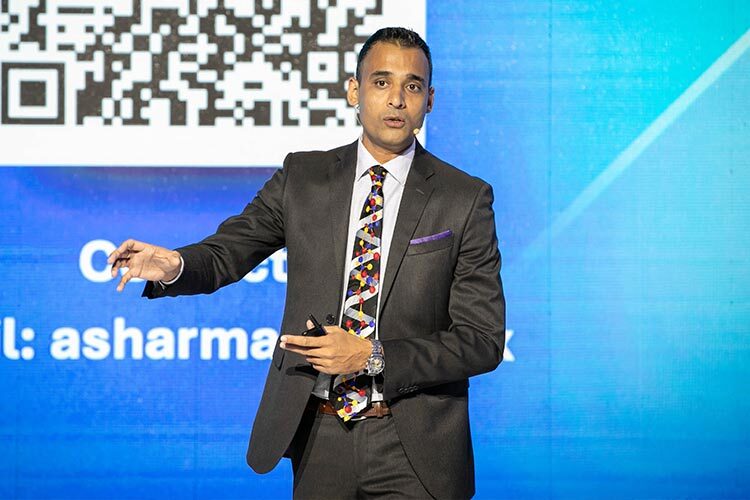
Sharma argues that sustainable agriculture is key to addressing food security, poverty, health, and environmental issues. In collaboration with organizations like Nestlé and the Swiss National Institute of Agricultural Sciences, one of his projects focuses on dairy farms, which generate 6% of the sector’s total emissions. The goal is to cut these emissions by half within five years by optimizing livestock diets, using biomolecules to neutralize emissions, improving manure management, and developing low-cost sustainable technologies.
His research also supports Mexico’s agricultural independence. For instance, 100% of strawberry seedlings used in Mexico are imported from the United States. Through micropropagation—cloning genetically identical, high-quality plants—his team aims to enable large-scale local production at a lower cost over time.
Additionally, Sharma’s lab is working on ultra-fast-growing hybrid trees—capable of growing six centimeters per day—that could revolutionize reforestation and the timber industry. These trees reach four meters in just three and a half months and potentially absorb ten times more CO₂ than traditional trees, helping combat climate change.
His team also collaborates with pharmaceutical companies, farmers, and government agencies on projects focused on cultivating and preserving medicinal plants like Galphimia. They are also developing mobile cloning laboratories for rural areas, which are ten times cheaper than conventional labs.
A Future Without Corneal Blindness
Judith Zavala, a leading researcher at Tec de Monterrey and a member of the National System of Researchers, has spent years working on synthetic corneas. In 2019, her project peaked: extensive scientific production, promising results, ample resources, and a team of graduate students ready to proceed to clinical trials. Then, the pandemic hit, forcing everything to a standstill.
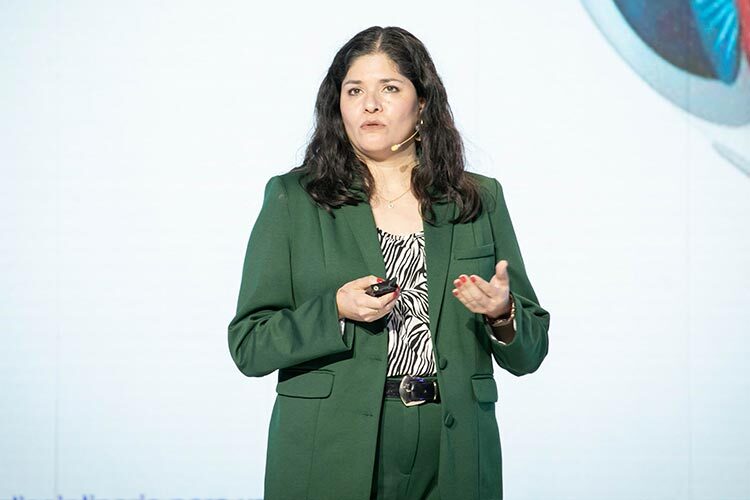
Her research focuses on making corneal endothelial cells—cells that do not naturally regenerate in the eye—proliferate under laboratory conditions while maintaining their original characteristics.
“Many of us take our ability to see for granted, but for others, it’s a distant dream,” Zavala explains. “Eleven million people worldwide suffer from corneal blindness, and transplants are their only option. However, transplants come with significant challenges: long waiting lists, a shortage of donors, high costs, and, on top of that, the cornea is the least-donated organ.”
According to the Pan American Health Organization (PAHO), corneal transplants are the most common type of organ transplant worldwide. Yet, only one cornea is available for every 70 needed, impacting individuals’ lives, their families, and their ability to work and live independently.
Zavala’s team has developed a strategy to multiply corneal cells in a laboratory setting, achieving up to ten times more cells from a single donor cornea. They also created a synthetic biomaterial scaffold that allows cells to attach and form functional biosynthetic tissue closely resembling a healthy human cornea.
After the pandemic, Zavala faced significant hurdles restarting her research. With expired reagents, dead cell cultures, no students, and no funding, she had to decide: give up or find a new path. She chose the latter.
By leveraging the unexpected entrepreneurial training she received during the pandemic, Zavala secured investment to establish a scientific startup. Now, her team is on the verge of clinical trials and commercializing the technology, aiming to produce six to ten corneal implants from a single donor cornea at a fraction of the traditional transplant cost.
“The dream of creating small-scale corneal tissue production labs is no longer far-fetched. In a few years, I hope to share the story of our first patient regaining sight. We’re not just making synthetic tissue but restoring dreams and hope. That is how we put science at the service of society.”
Missiles, Shields, and Swords: The Battle Against Superbugs
Where does the next major threat to human health lie? In superbugs—the silent pandemic. María Luisa del Prado, a professor and researcher at Tec de Monterrey’s Department of Sustainable Technologies, describes the growing danger of antibiotic resistance.
“Bacteria are everywhere, inside us and on our skin,” she explains. “We tend to think we can control them with antibiotics. Unfortunately, that’s no longer the case.”
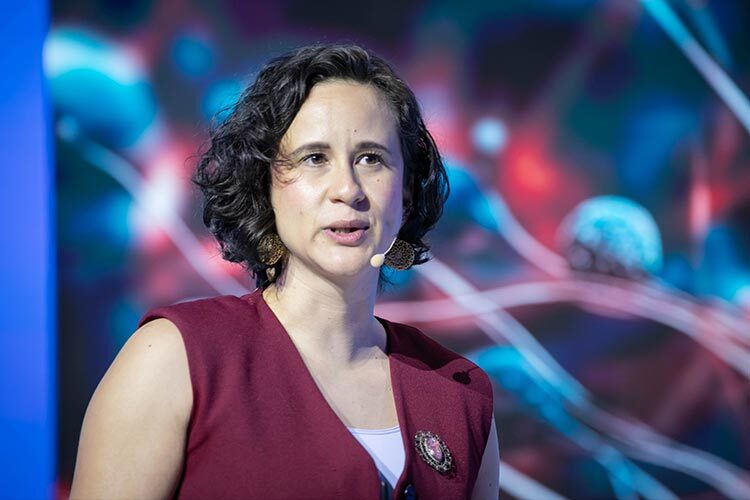
Antibiotic resistance occurs when bacteria evolve to withstand previously effective drugs. They share genetic information, making even non-pathogenic bacteria capable of transferring resistance to harmful strains.
Factors like self-medication and improper antibiotic use contribute to this crisis. “When we don’t complete our treatments, we kill off the weaker bacteria but leave the stronger ones with knowledge of our weapons—without delivering a lethal dose,” del Prado warns. If unchecked, antimicrobial resistance could lead to 39 million deaths by 2050.
At her lab, del Prado’s team is developing polymer-based controlled-release drug platforms—nicknamed “missiles, shields, and swords”—enriched with natural molecules such as Mexican oregano oil, carvacrol, and curcumin, all known for their antimicrobial properties.
These innovations include nanoparticles that directly target antibiotic-resistant Staphylococcus aureus, bioactive membranes that break down bacterial biofilms (protective bacterial structures), and microneedle patches that deliver antimicrobial agents precisely where needed.
“The battle is far from over,” del Prado emphasizes. “We need global collaboration across disciplines to win this fight. It’s time to take action—bacteria won’t wait.” (Michael Ramírez / Ricardo Treviño)
Did this story catch your interest? Would you like to publish it? Contact our content editor to learn more: marianaleonm@tec.mx
